Southampton’s Titanic Story @ Sea City Museum

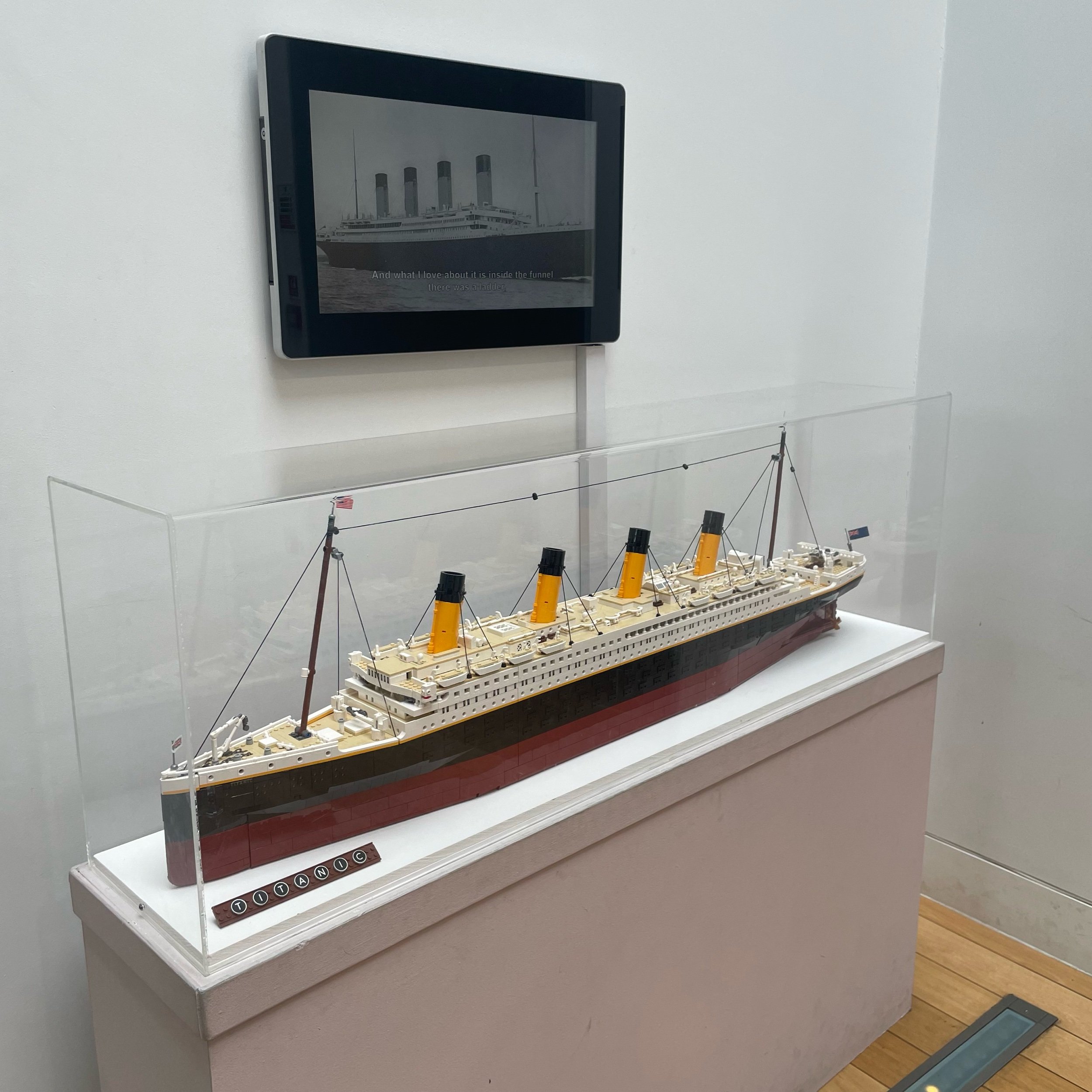
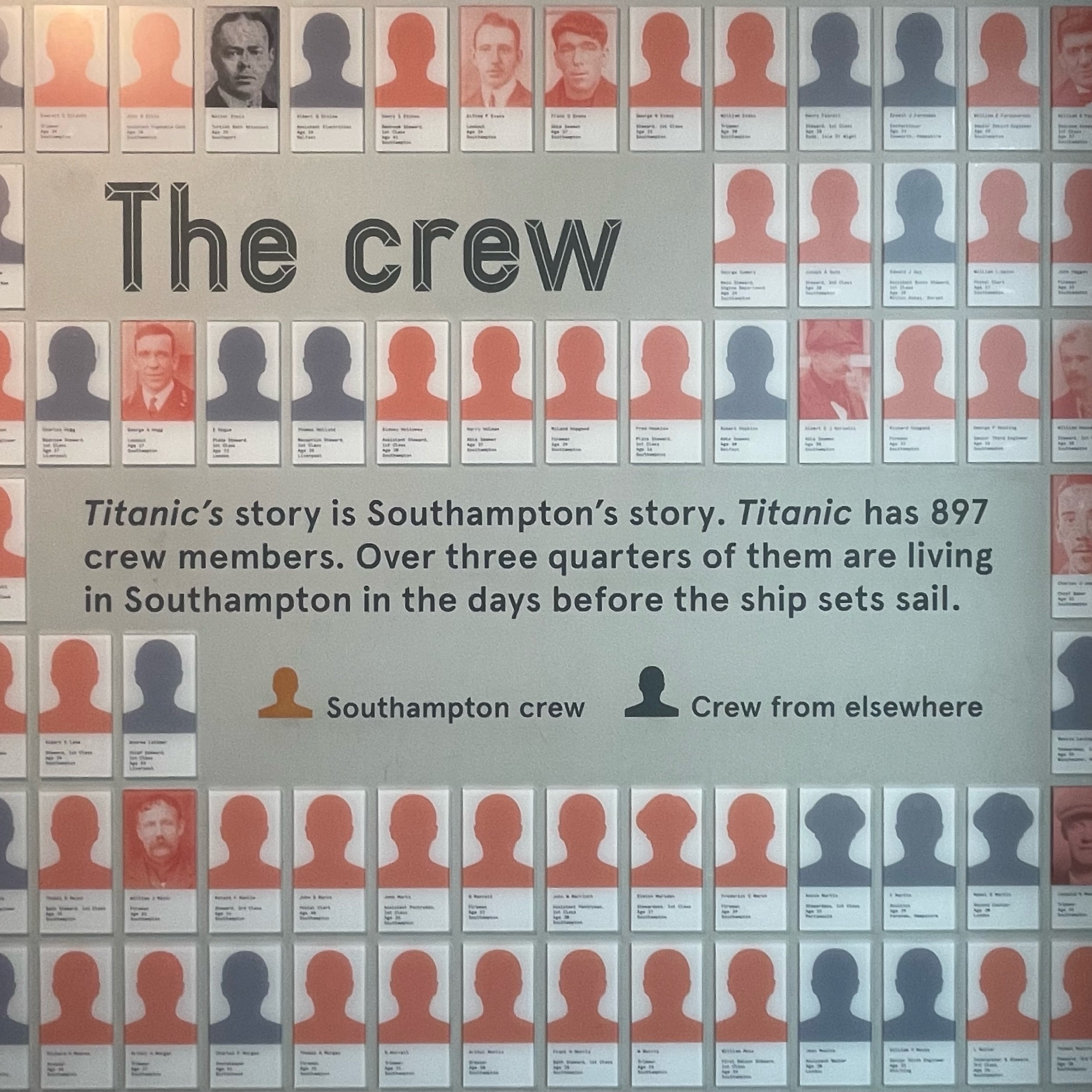
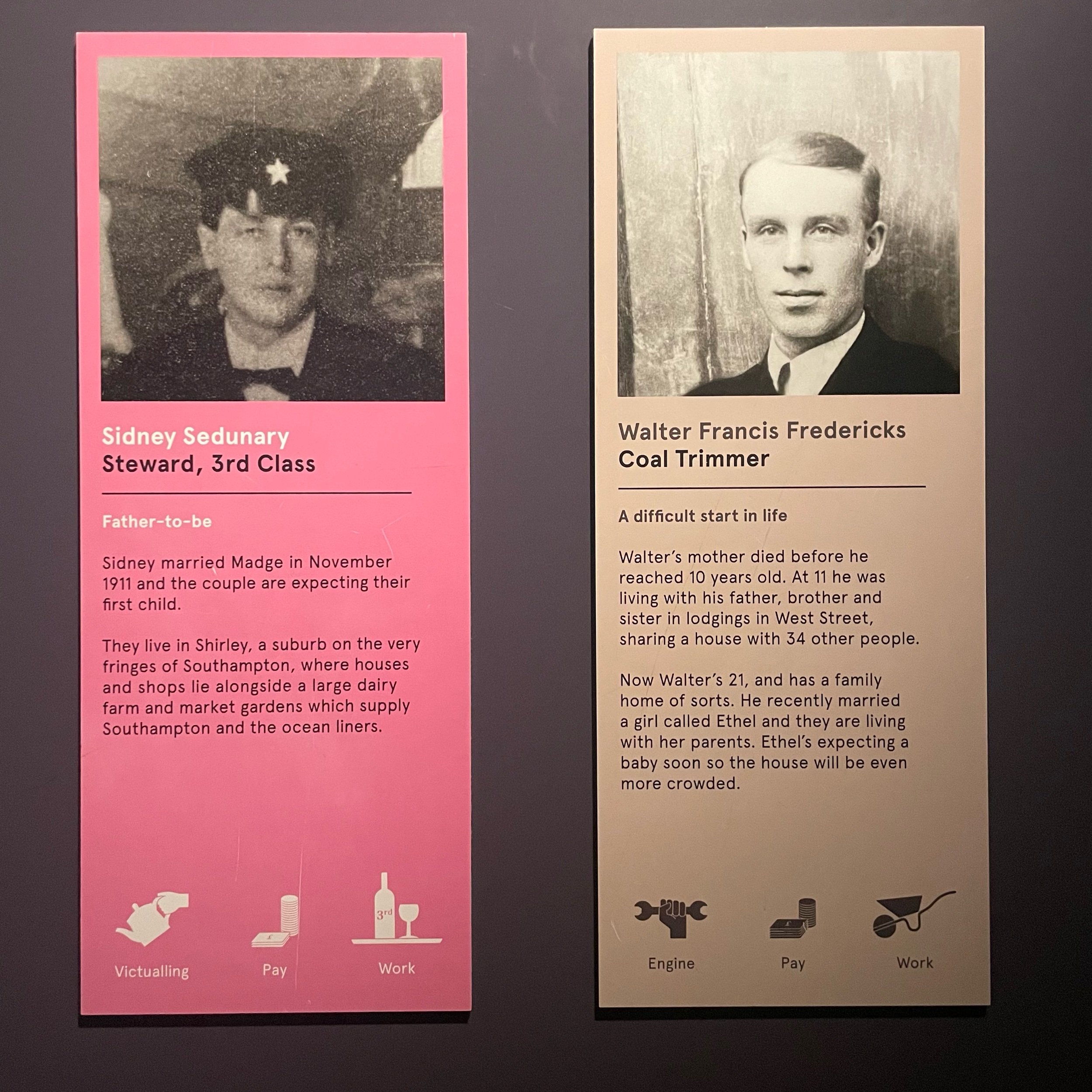
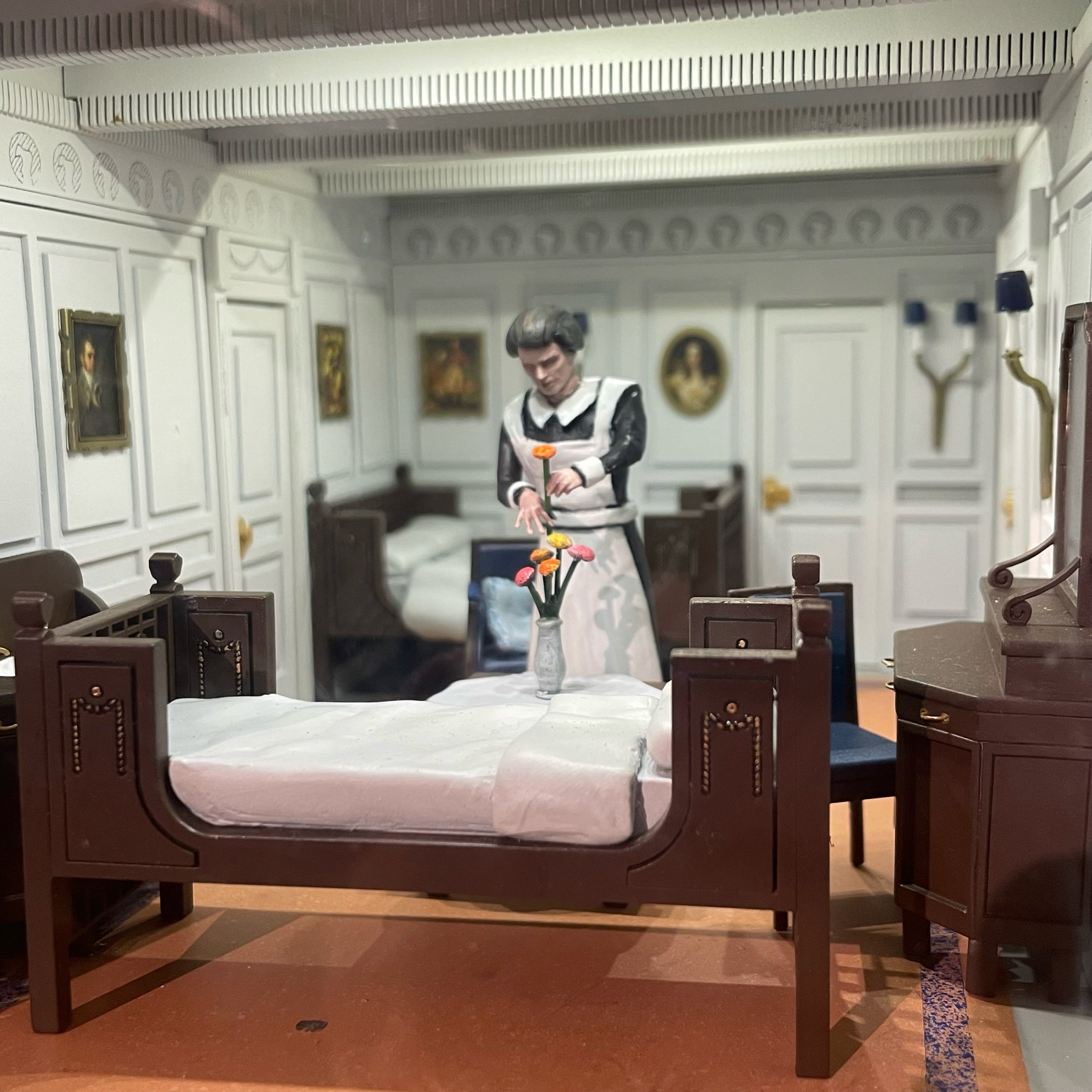
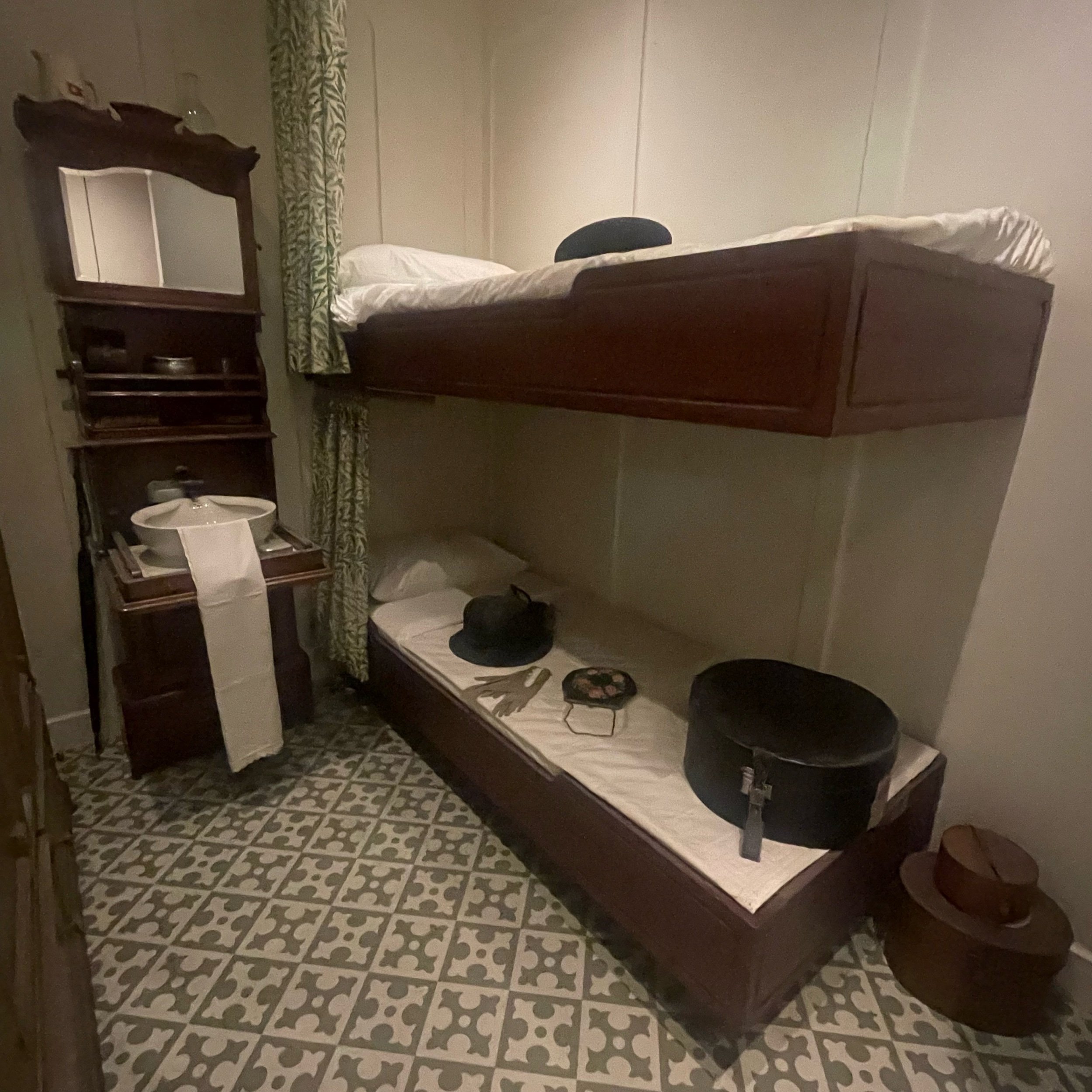
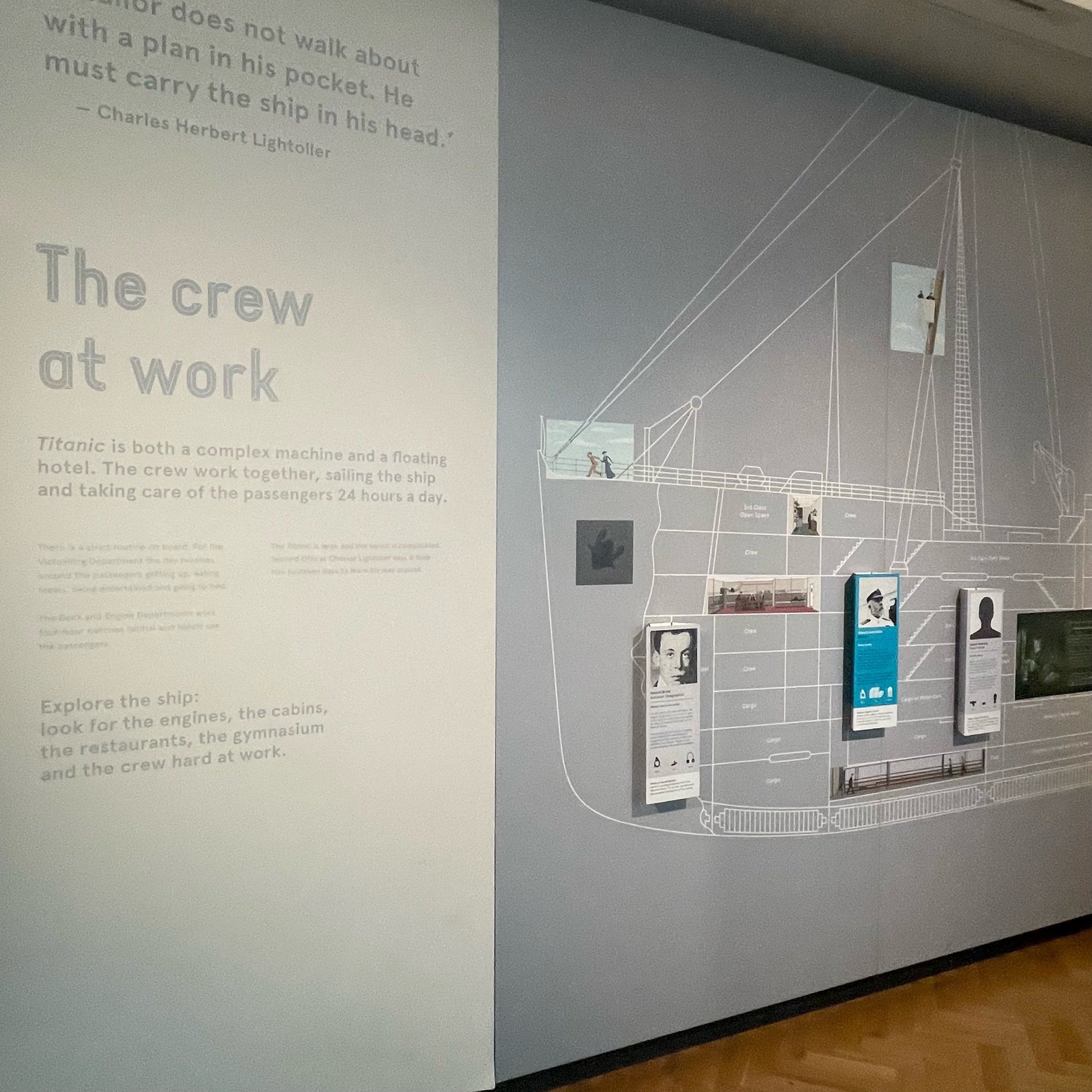
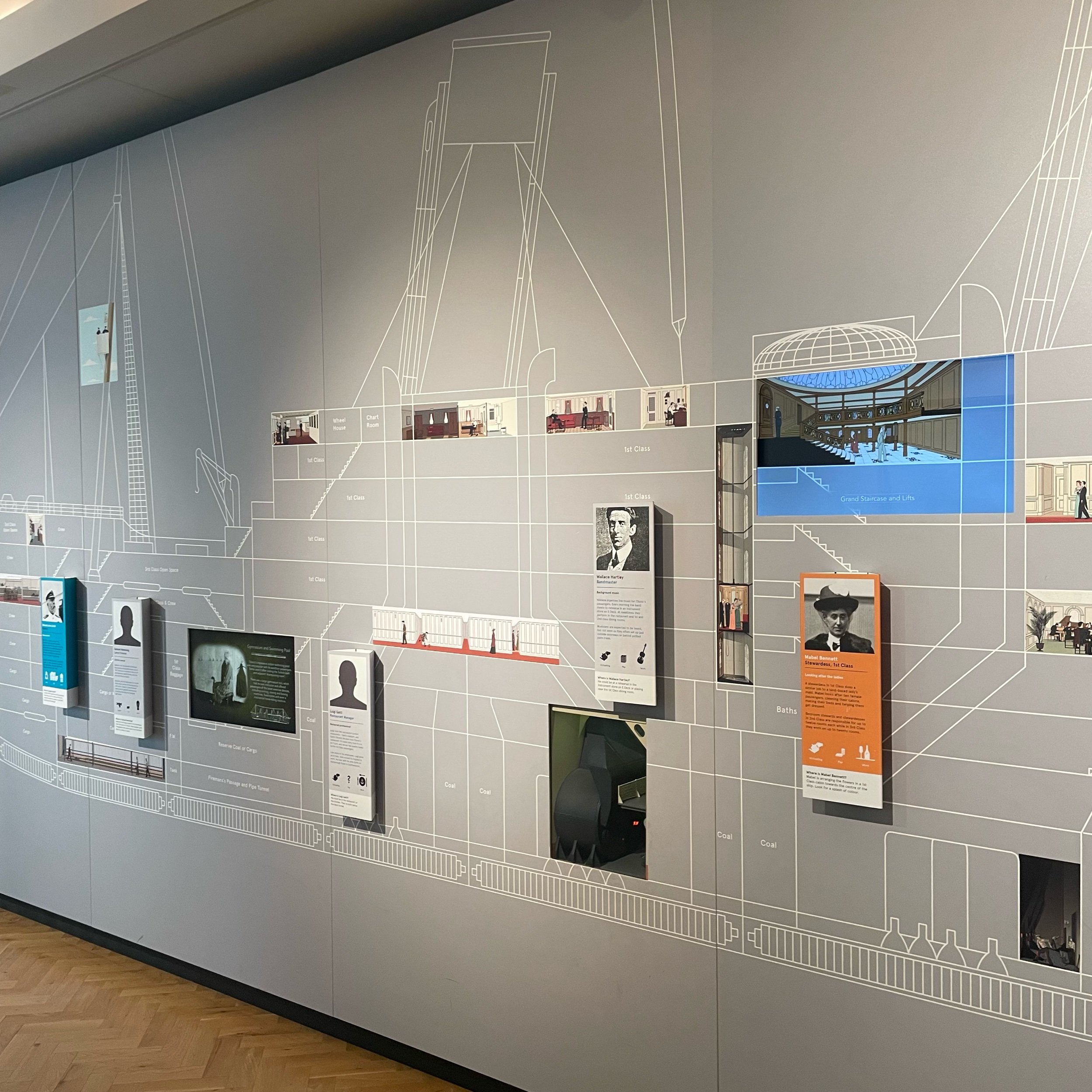
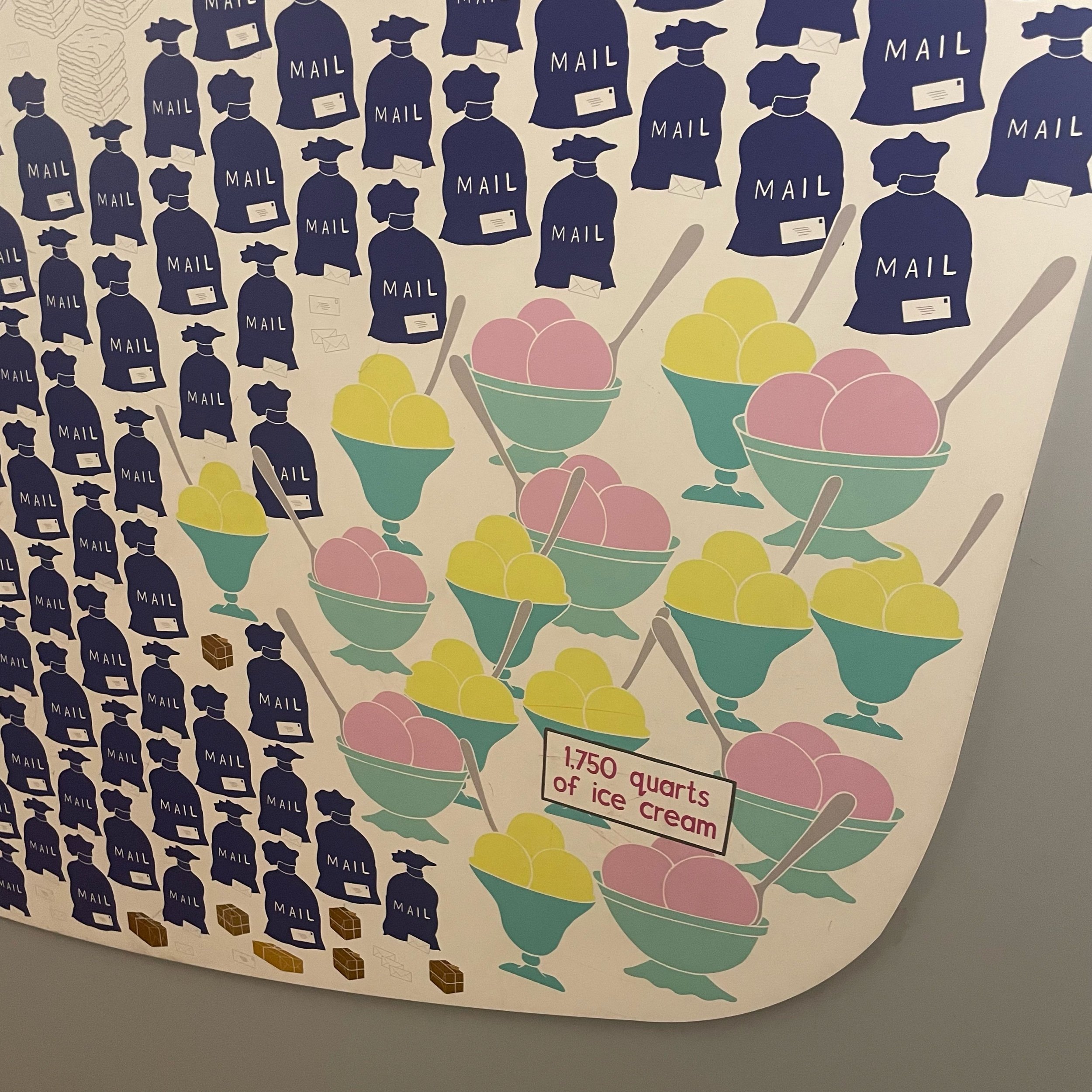
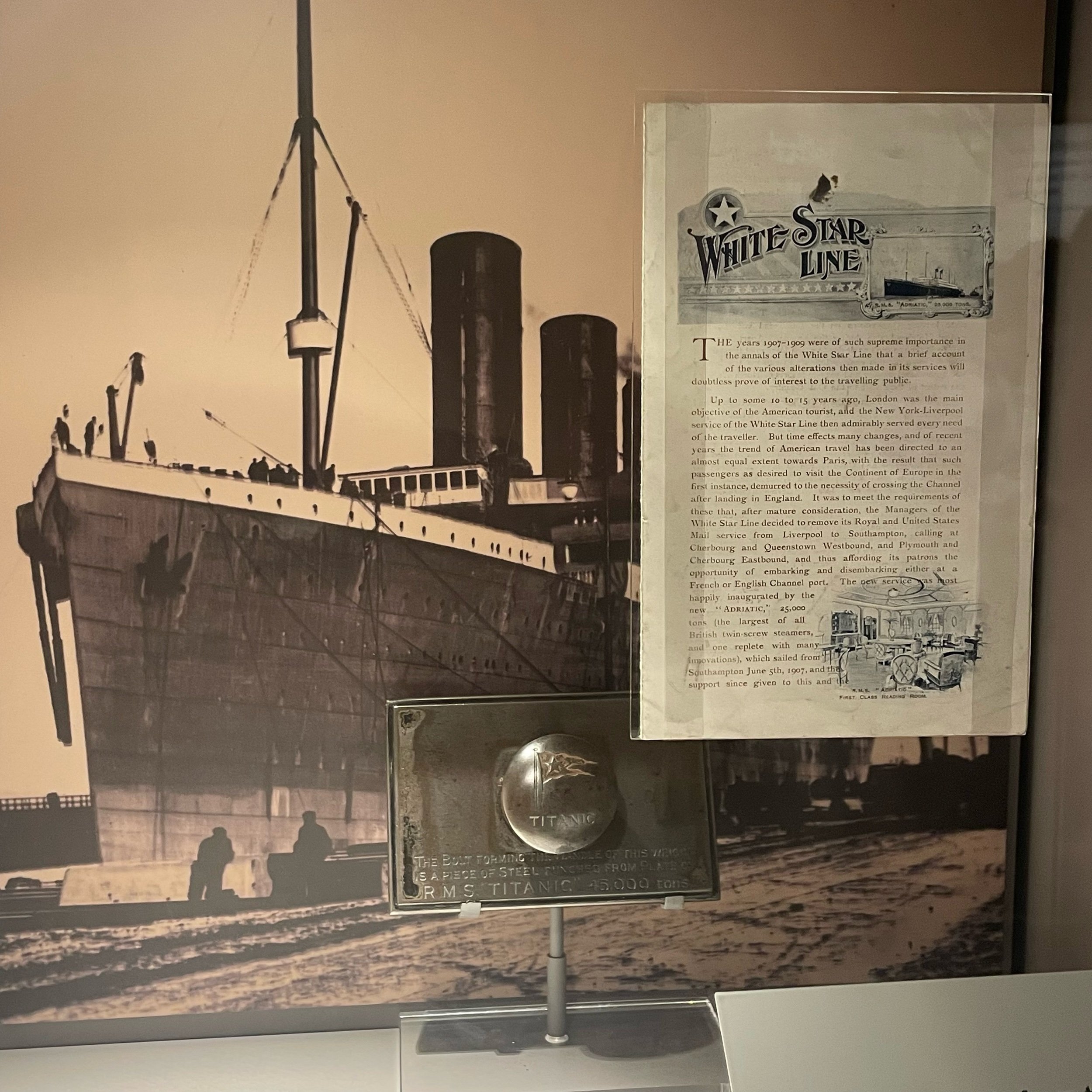
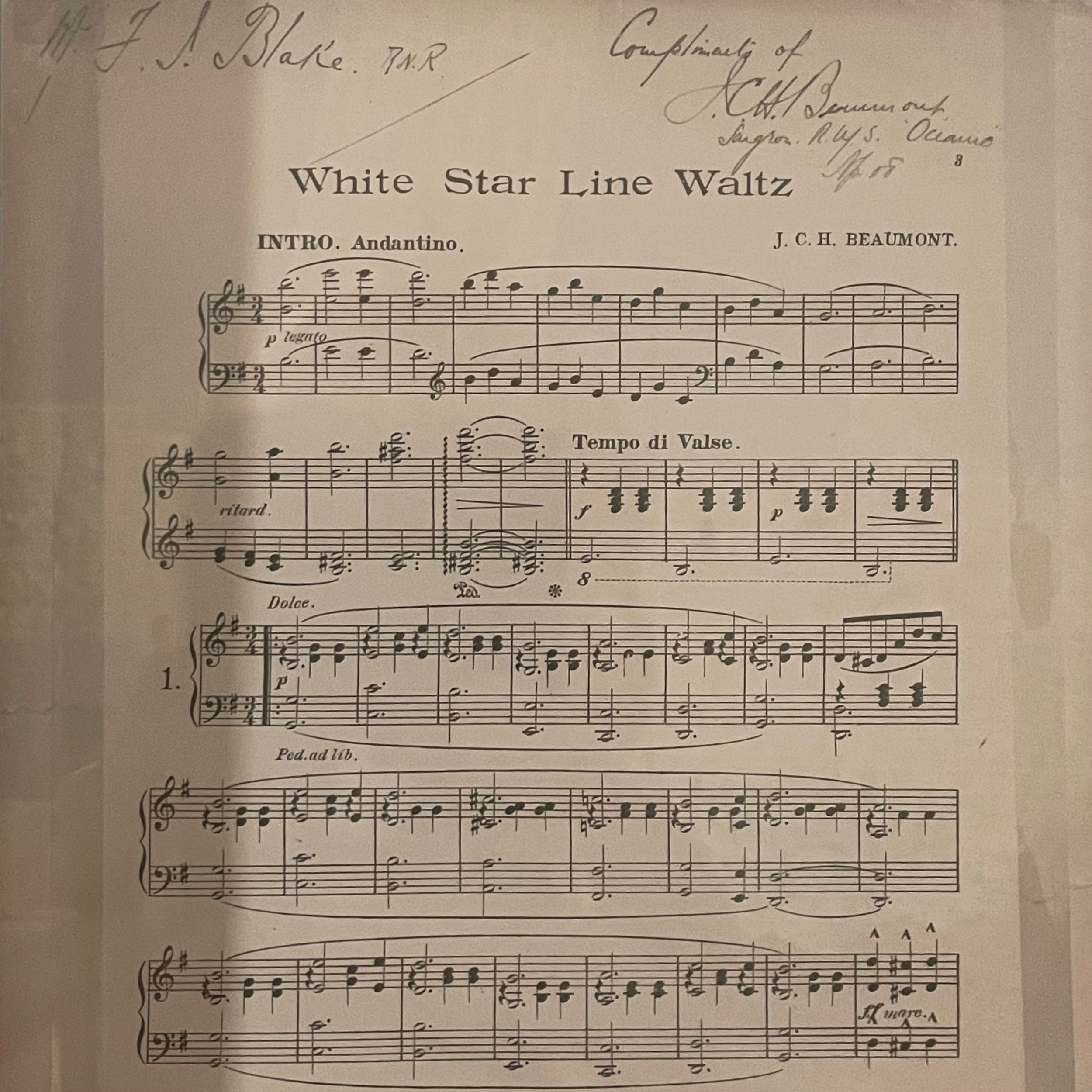
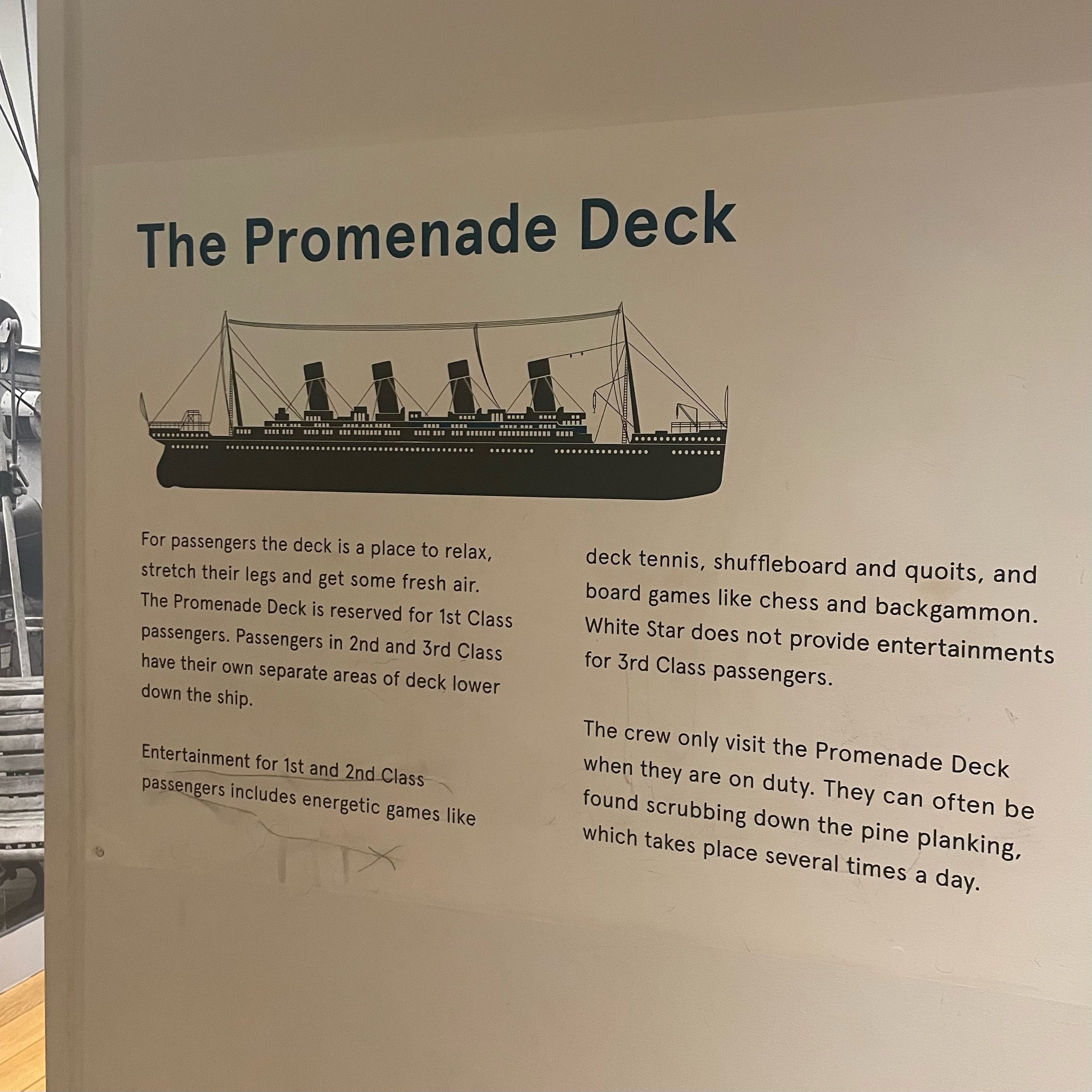
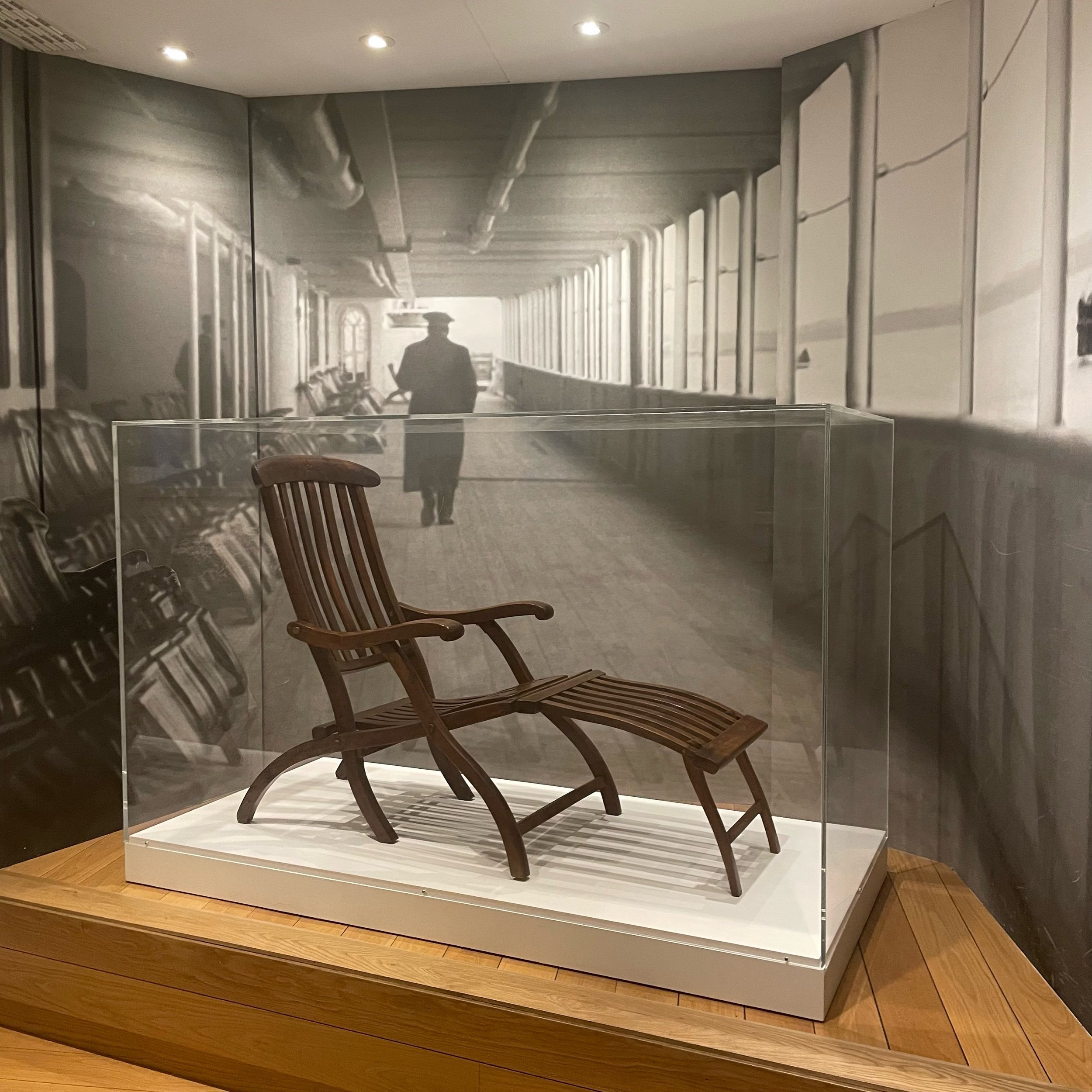
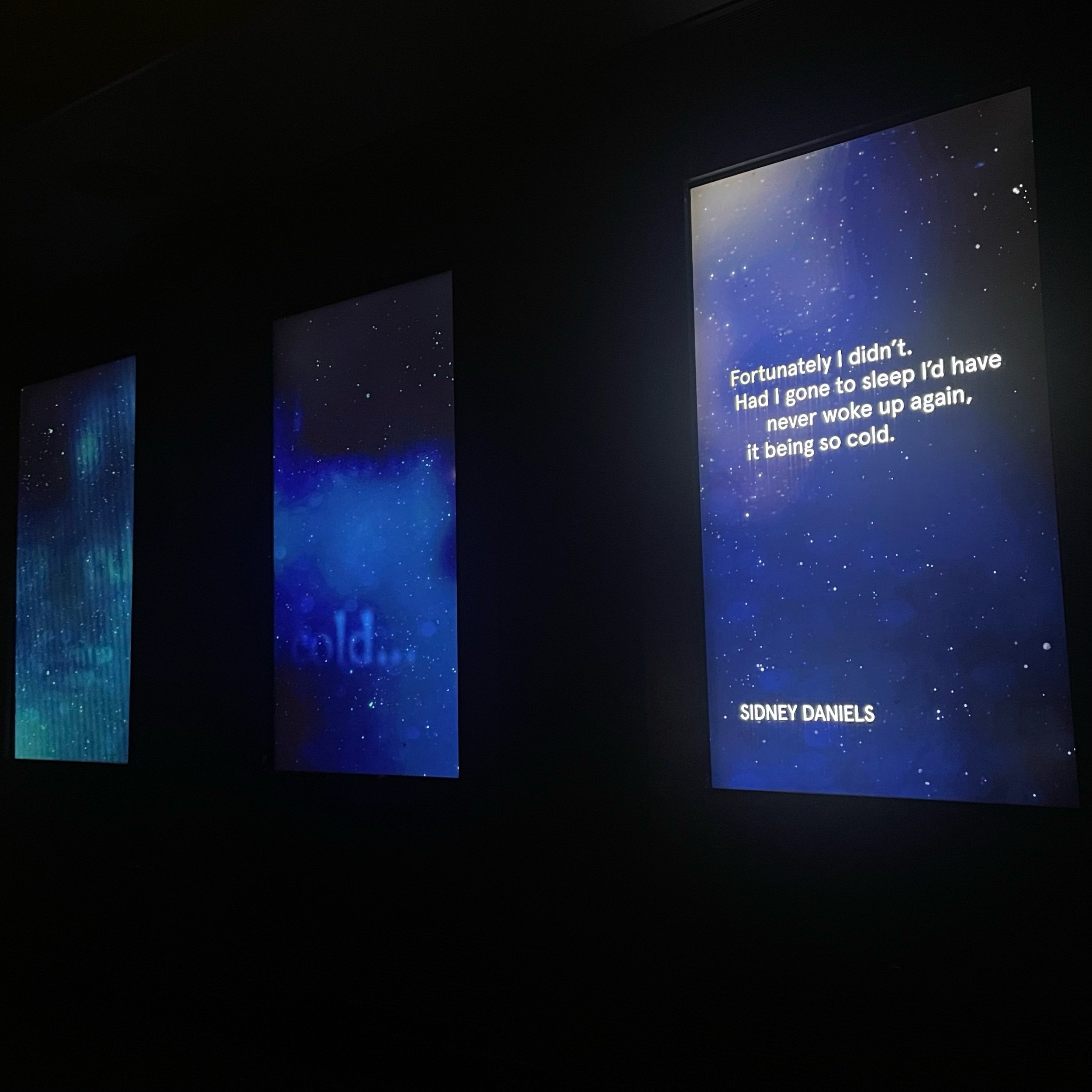

One of the rooms in this exhibition has a floor that’s completely covered by an early-1900s map of Southampton. It’s filled with red dots. There’s barely a road where there isn’t at least one. In some areas the clusters are so thick you can’t even read the street names. Each dot represents a local who worked, and then lost their life, on the Titanic. It’s an incredibly powerful way to impress upon a modern audience the extent to which Southampton was impacted by the sinking, both figuratively and literally. It’s why the museum has chosen to explore the Titanic by bringing back to life the humble stories of the very real people who were employed to work on the ship during what turned out to be it’s fateful maiden voyage.
Southampton today “is the busiest cruise terminal and second largest container port in the UK” and has been a major port of transit since the Norman Conquest in 1066. It’s overseen Middle Age shipbuilding, was where the Mayflower departed with the Pilgrims in 1620 and in the early 20th century became the home port for transatlantic passenger services to New York. That’s why White Star Lines selected it as the terminus for Titanic, the largest cruise ship at that time. (Note: cruise ships today can be up to five times larger!)
Speaking of that time, ships did not have a permanent crew. In order to staff the Titanic over three quarters of the 897 roles were sourced locally. You’ll meet a few as you enter the exhibit. Then you’ll wander through Southampton alleyways where dimly lit boxes display artefacts while street noise plays in the background. If you see street urchins in old-timey clothes rush past don’t worry, you haven’t seen a ghost. It’s just kids enjoying the dress-up closet. One of many fun things for young visitors, including a Captains wheel, a boiler room and a communication display that teaches you MORSE code so you can practice spelling “LOOK OUT ICE” with an actual clicker. On a busy day the loud clack clack clacking of that furious SOS being sent will be an ironic background soundtrack as you sit in the next room, listening to audio recordings of survivor interviews. A graph details the 2 hours and 45 min it took for the ship to sink, leading to the loss of more than 1,500 lives.
Combining informative wall text, modern display technology and some good old fashioned hide & seek cabinetry housing the artefacts, the exhibit does a fantastic job of helping visitors understand how big and complex the ship was to run, and how each of the crew would interact with the various areas. Facts are presented in easy to digest ways, often by providing helpful comparisons using modern references. There’s also an atmospheric soundtrack playing throughout, though I suspect many visitors will have a certain Celine Dion song playing in their head instead. You’ll also see pages from the April 26, 1912 issue of the Daily Mirror, along with archival photos, letters and telegrams that are a heart wrenching reminder of the painful wait many had to endure before they found out if they had lost a loved one.
The museum is located within a Grade II* listed civic centre building that previously housed a magistrates' court, so its somewhat fitting that the end of the exhibit is a virtual recreation of the inquest that investigated the tragic accident. Giant video screens display photos and facts while audio readings of the transcripts play out loud. The accents are hammy and overly energetic, occasionally making Jack Nicholson in A Few Good Men sound like a mild mannered witness, but they do a good job of helping visitors understand the deep emotions the sinking caused at that time. The Sea City Museum states “Nowhere was the impact of the Titanic felt more strongly than in Southampton” and by the time you work your way through their exhibition you’ll understand that’s possibly the most understated thing ever written about the Ship of Dreams.
Bonus: Titanic Trail
While at the museum, don’t forget to pick up a copy of the Titanic Trail. It lists the location, and has a bit of information, for 13 places associated with the ship. It’s also a great way to get acquainted with the seaside town, especially if you’ve got a few hours to kill before your cruise ship boarding begins.
Plan your visit
‘Southampton’s Titanic Story’ is a permanent exhibition at the Sea City Museum.
Open 7 days a week, 10am - 5pm.
Tickets from £10.50 adult / £8 child / children under 5 free / Concessions & discounts available
Visit seacitymuseum.co.uk for more info about the venue and to confirm opening days/times before you go.
🖼️ Want more art? Visit the What’s On page to see a list of recommended shows, sorted by closing date. Don’t miss ‘em!










